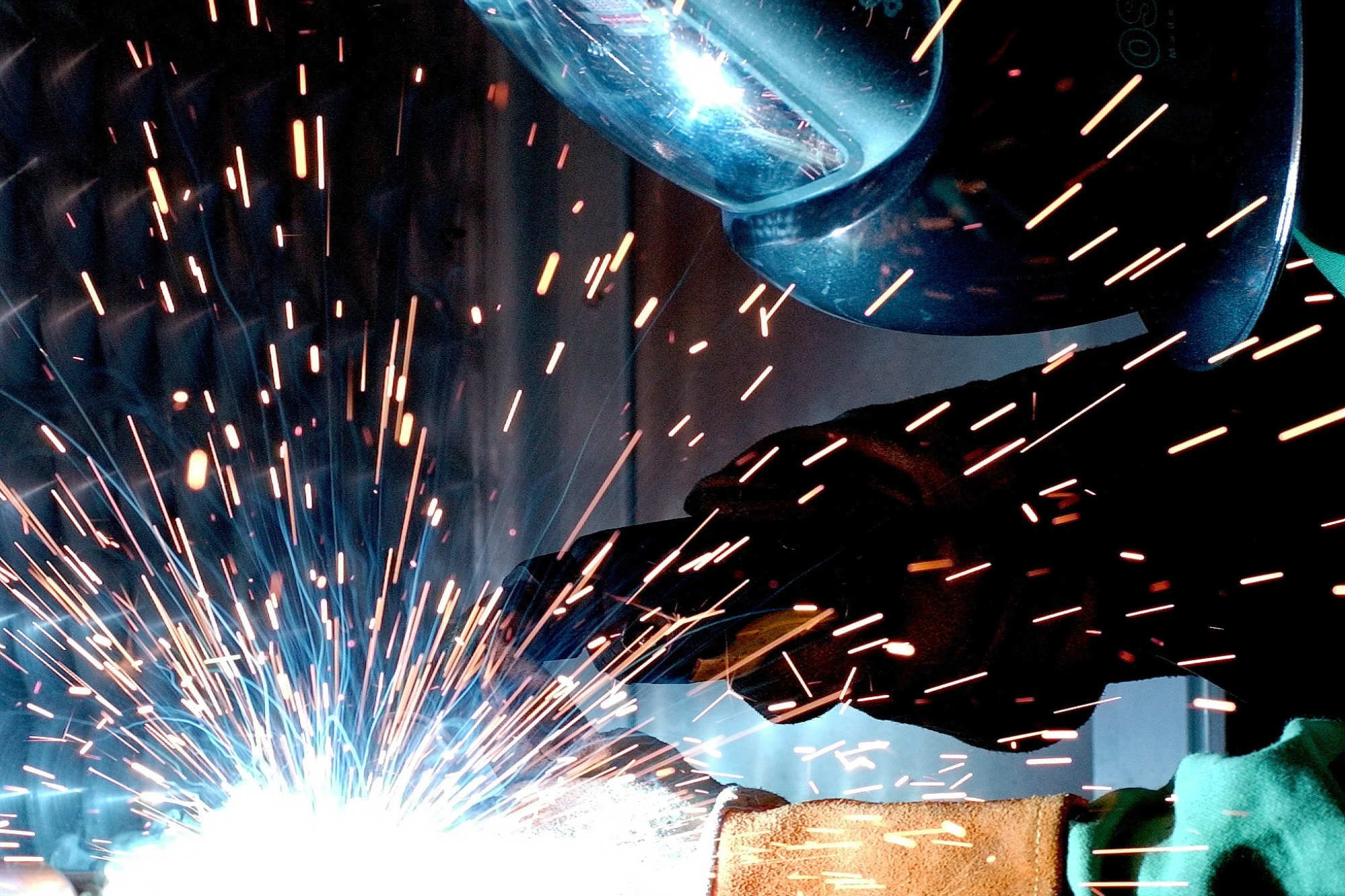Welded cylinders have components optimised to make the most of the raw materials available on the market – basically piping, solid and plate metal, suitably welded to give the cylinder the required lightness, cost-effectiveness and commercial availability.
As for straightforwardness, it must be borne in mind that these cylinders require carefully designed welds and a workmanlike execution. In fact, the goal is to carry out welding that is functional, guarantees tightness under pressure, and is free from internal defects that could result in breaks over time.
Weld management
The welds can be located in one or more points along the pipe, and as whole will form the liner of the hydraulic cylinder. However, if pipe welding is not adequately designed into the scope of a forward-looking project, it will inevitably cause detectable deformation in the pipes, resulting in the piston locking during linear movement, damaging the gasket and affecting its operation.
To solve this problem, our programming includes, during the production cycle of each component, a honing cycle after welding, in order to “readjust the balance” of the mentioned deformation and restore the desired geometry, which guarantees optimal sliding of the piston inside the liner.

Focus on details for superior quality
Our production of custom-made and project-based cylinders takes into account the peculiarities of each individual case. Sometimes welds must be carried out to join steel components, in particular, oil inlet studs or pivoting supports with pins, and the care with which this operation is carried out has an enormous impact on global system performance.
Our production cycle
In our production cycle, welds often have to be re-machined or even chrome-plated, therefore, every single step must be carried out with painstaking accuracy down to the smallest detail.
After carefully designing the workpieces to be welded, the required chamfer is obtained by following the company’s internal procedure called WPS (Welding Procedure Specification). The type of welding performed is MIG 135-136, the filler material is SG3 with higher characteristics than the base metal, multipass and with each bead carefully brushed to eliminate any possible internal defects.
In addition to careful preparation and cleaning of the pieces to be welded, the current, measured in Amperes, is monitored during the process to ensure full penetration of the weld into the base materials.
Initial preheating and piece coverage, at the end of the processing, are also monitored to limit as much as possible the thermal shock that could cause alterations of the grain structure of the base steel.
At the end of the machining cycle each welded joint is dimensionally checked by means of shaped templates. On request, it is possible to carry out a magnetoscopic test and issue the resulting report.
During the test on an assembled cylinder, the weld can also be tested with air through the use of a detector fluid, which, sprayed on the area to be checked, will highlight any leak through the formation of bubbles.
The subsequent test is performed with hydraulic oil with viscosity not exceeding 32cSt.